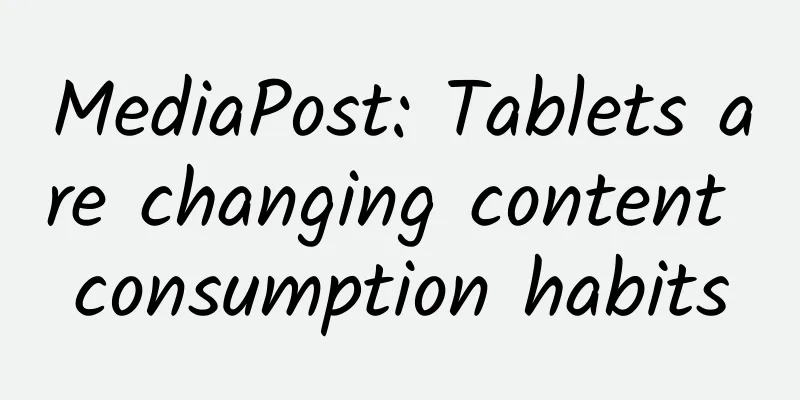MediaPost: Tablets are changing content consumption habits

|
The rapid adoption of tablet computers has profoundly impacted the way consumers acquire, consume and enjoy entertainment content. According to Deloitte’s eighth annual Digital Democracy Survey, 37% of U.S. consumers are what the firm calls “digital omnivores,” meaning they own a tablet, smartphone and laptop, a 42% increase from the previous year. "At least for now, tablets are not being viewed as a replacement for laptops, but as their own distinct use case," Gerald Belson, head of Deloitte's U.S. media and entertainment practice, told Marketing Daily. "The primary use case is watching videos, surfing the web and playing games." Additionally, women — who were only 35% digital omnivores a year ago — now make up 45% of the most recent survey. “This is an interesting example of men being early adopters,” Belson said, “but women are catching up very quickly.” As tablets quickly gain adoption as a content device, interest in live content has nearly doubled in the past year (from 17% in 2012 to 32% in 2013). Consumers are also showing a greater interest in watching shows on different devices and from different sources. (Indeed, younger millennials spend more time watching shows on non-TV devices, even if the show originally aired on TV, Belson says.) “This is the first year that consumers are starting to separate the idea that content from specific sources [must] be viewed on different devices,” Belson said. “In today’s world, consumers are clearly choosing to watch whatever content they want on whatever device they want.” At the same time, however, consumers remain loyal to their pay TV services, with only 6% of consumers with pay TV services saying they are considering stopping the service in the next year, according to the survey. But with all these devices in consumers’ hands, multitasking is on the rise. According to the survey, 86% of consumers admit to using another electronic device while watching TV (up from 72% in 2011). However, only 22% of multitaskers do something directly related to the show on the TV. This inconsistency presents both a challenge and an opportunity for marketers, Belson said. “The second screen experience is not yet compelling enough for most consumers to view [primary content] on a second screen,” he said. “The good news from an opportunity standpoint is that the second screen is already in the hands of consumers, often as an interactive device.” Deloitte's Digital Democracy Survey collected data from 2,000 consumers aged 14 and over in late 2013. Via: 199it Translated from MediaPost |
<<: How to take care of your skin properly during the epidemic?
Recommend
Disadvantages of breastfeeding for mothers
Nowadays, everyone advocates exclusive breastfeed...
Does vitamin E treat luteal insufficiency?
If the corpus luteum function is insufficient, it...
Successful experience of preparing for pregnancy at the age of 47
The opening up of the two-child policy has inspir...
Analysis: Facebook's advertising woes
Just before Facebook's IPO, General Motors wi...
Nursing methods for insomnia at night during early pregnancy
Many female friends experience various symptoms a...
What should I do if my aunt has severe stomach pain?
When you have severe abdominal pain during menstr...
Consequences of taking birth control pills during menstruation
If a woman is worried about getting pregnant unex...
A woman dreams of her feet bleeding
The scenes in dreams are usually beyond our contr...
What causes heavy eye bags in girls?
In life, many girls often cannot sleep at night b...
Why does the areola become larger and darker during pregnancy?
A mother's body undergoes great changes durin...
Pictures of pubic lice eggs
Pubic lice are actually a type of sparganum, whic...
Why are my labia majora enlarged?
The female reproductive system is complex. Take t...
What to do with flat chest? Is there any way to enlarge breasts?
Having an angelic face and a charming figure has ...
Yellow mucus like nasal discharge
A woman's leucorrhea can be said to be a baro...
What will happen if endocrine disorders and menstrual disorders occur?
The function of every organ in the body is like e...









